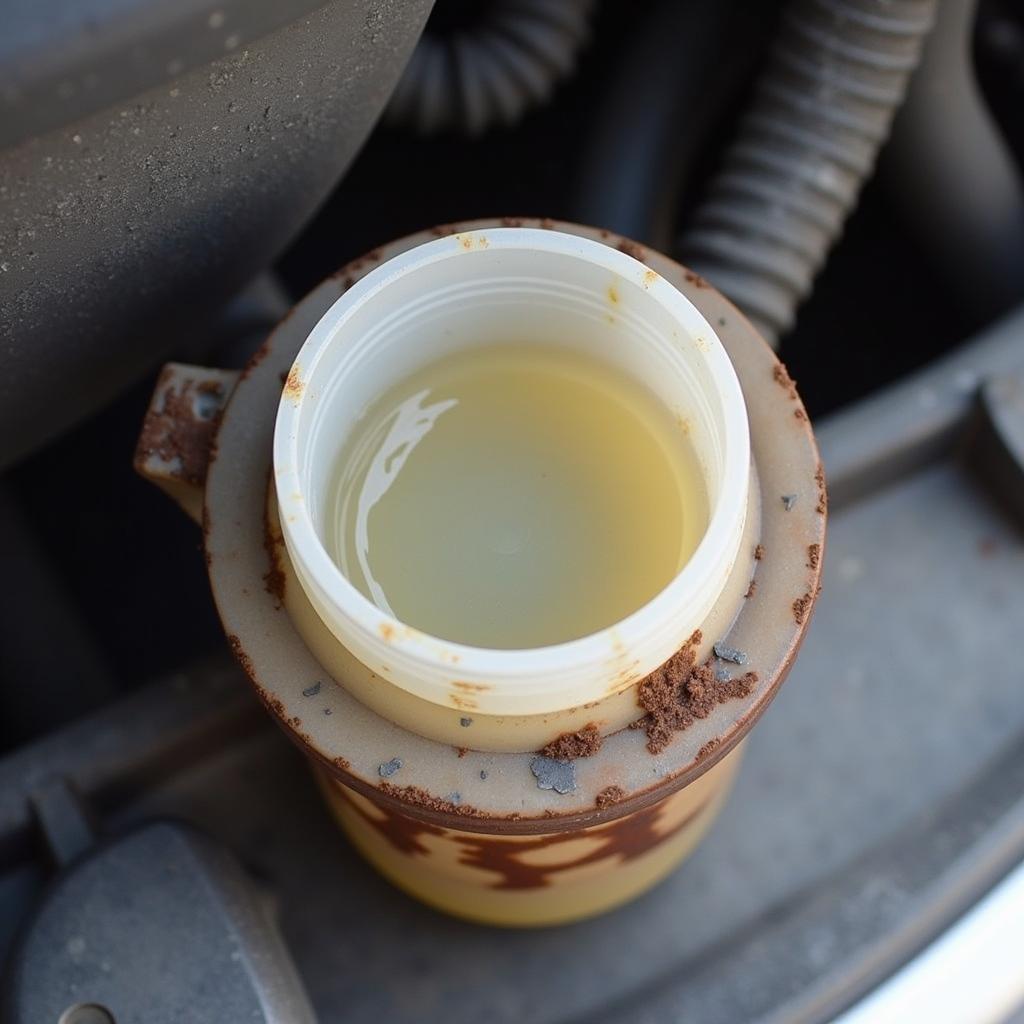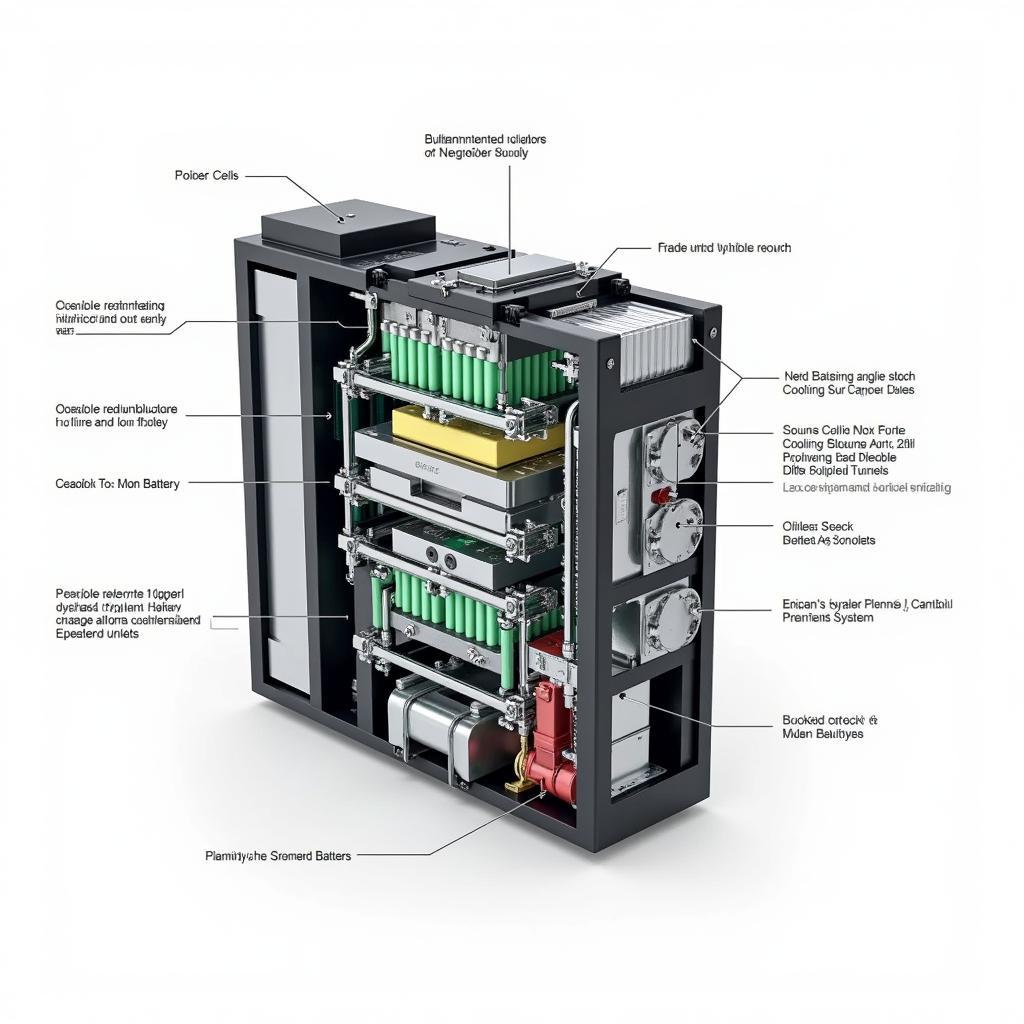A check engine light illuminating after a jump start can be alarming. This article delves into the common causes, diagnostic procedures, and solutions for this issue, helping you regain control and confidence on the road. See our guide on safely jumping dead battery for best practices.
Why Does My Check Engine Light Come On After a Jump Start?
Several factors can trigger a check engine light after jump starting your car. These range from simple loose connections to more complex electronic system malfunctions. Understanding these potential issues is the first step towards resolving the problem.
Loose Battery Connections
One of the most common culprits is a loose battery connection. The process of jump starting can sometimes jostle these connections, disrupting the flow of electricity and triggering the check engine light. A simple tightening can often resolve this.
Low Battery Voltage
Even after a jump start, your battery might still be struggling to maintain sufficient voltage. This can confuse the car’s computer, leading to a check engine light. If your battery drained car won t start, it might need replacement.
Electrical System Malfunctions
In some cases, a jump start can exacerbate pre-existing electrical issues or cause new ones. This can range from damaged sensors to more serious problems with the car’s computer.
How to Diagnose a Check Engine Light After a Jump Start
Diagnosing the specific cause of a check engine light requires a systematic approach. Here are the steps you can take:
- Visual Inspection: Begin by thoroughly checking all battery connections. Ensure they are tight and free of corrosion.
- Battery Test: Test your battery’s voltage to ensure it’s holding a charge. A low voltage indicates a potential battery problem.
- OBD-II Scanner: Use an OBD-II scanner to retrieve the diagnostic trouble codes (DTCs) stored in your car’s computer. These codes provide valuable insights into the specific issue.
- Professional Diagnosis: If you are unsure about interpreting the codes or performing further diagnosis, consult a qualified automotive technician.
Common Diagnostic Trouble Codes (DTCs)
Several DTCs are commonly associated with a check engine light after a jump start. Understanding these codes can help you narrow down the potential causes. Some examples include codes related to low voltage, misfires, and sensor malfunctions. If you have a new battery and car wont start, there might be a deeper issue.
What to Do if Your Check Engine Light Stays On After a Jump Start
If the check engine light persists, further action is required. Here’s what you can do:
- Address the Underlying Issue: Based on the diagnostic trouble codes, address the specific problem causing the check engine light. This may involve replacing a faulty sensor, repairing a wiring issue, or replacing the battery.
- Clear the Codes: Once the underlying issue has been resolved, use an OBD-II scanner to clear the diagnostic trouble codes. This should turn off the check engine light.
- Monitor the Light: After clearing the codes, continue to monitor the check engine light. If it returns, the problem may not have been fully resolved.
“Jump starting a car incorrectly can lead to various issues, including a triggered check engine light. Always follow the proper jump starting procedure to avoid potential damage,” advises John Smith, Senior Automotive Technician at Auto Experts Inc.
Preventing Check Engine Light Issues After Jump Starts
Taking preventative measures can minimize the risk of encountering a check engine light after a jump start.
- Maintain Battery Health: Regularly check your battery’s health and replace it when necessary. A healthy battery is less likely to require a jump start in the first place.
- Proper Jump Starting Procedure: Adhere to the correct jump starting procedure to avoid electrical surges and potential damage to the car’s electronic systems.
- Regular Vehicle Maintenance: Routine vehicle maintenance can identify and address potential electrical issues before they become major problems. Some newer cars, like certain Land Rover low battery please start engine models, have specific starting procedures.
Conclusion
A check engine light after a jump start can be a sign of a simple issue or a more complex problem. By understanding the potential causes, diagnostic procedures, and solutions, you can effectively address the issue and prevent future occurrences. If the engine warning light after jump start persists, consulting a qualified technician is always recommended. Regular maintenance and following proper jump starting procedures are crucial for keeping your vehicle running smoothly.
“Preventive maintenance is key to avoiding many car problems, including those related to the electrical system. Regular checks can help identify potential issues early on, saving you time and money in the long run,” adds John Smith.


